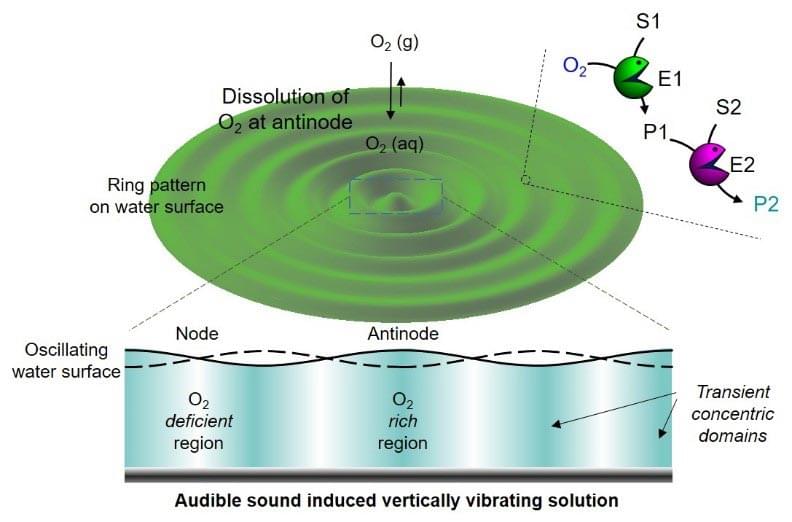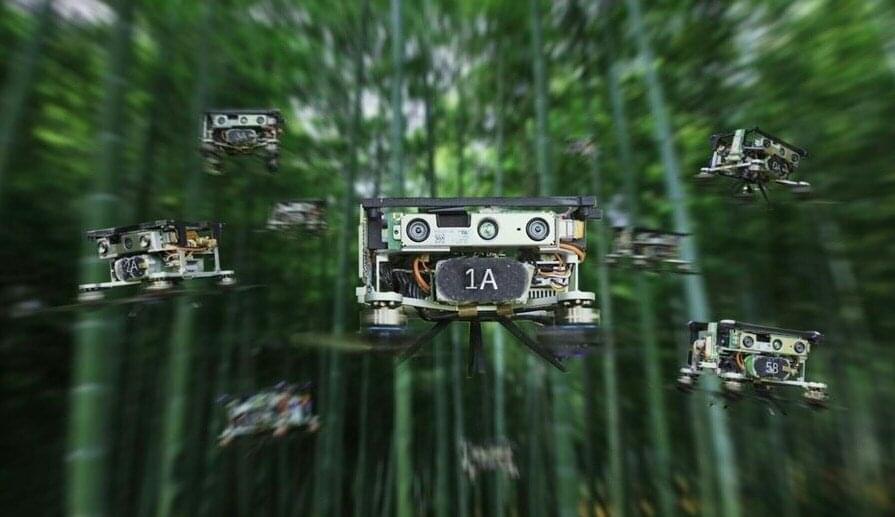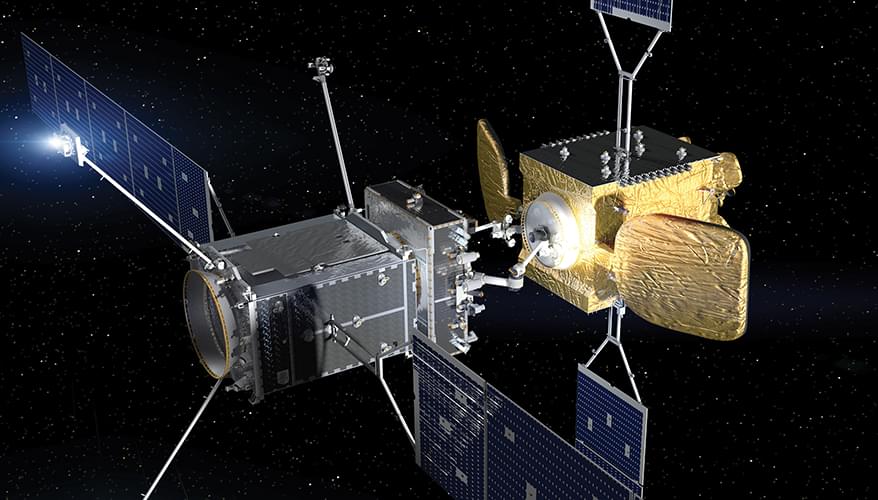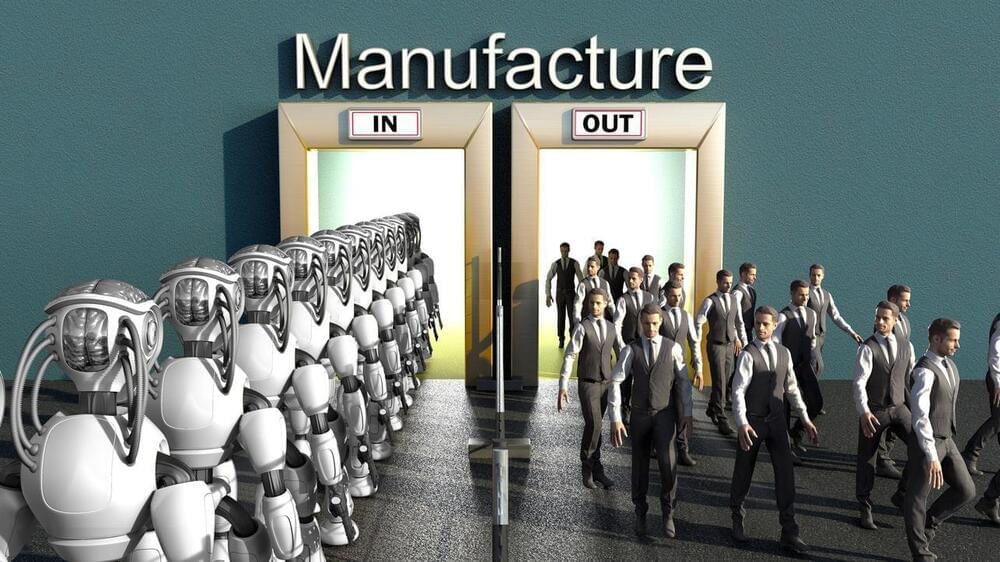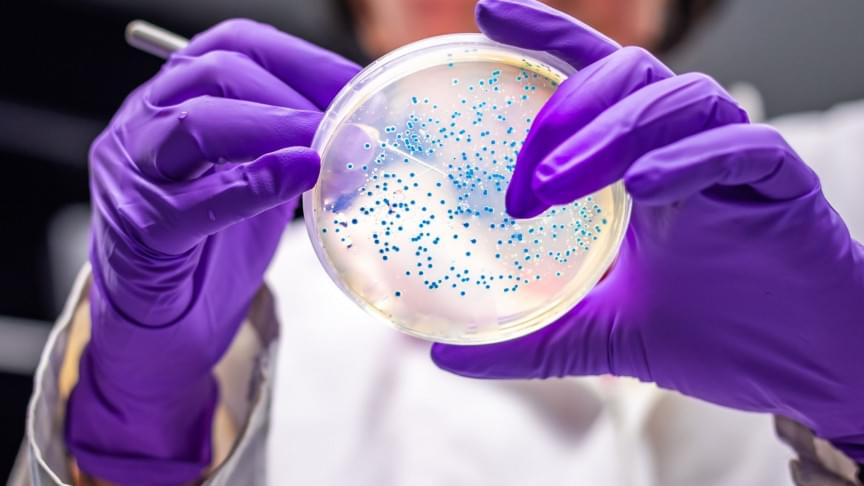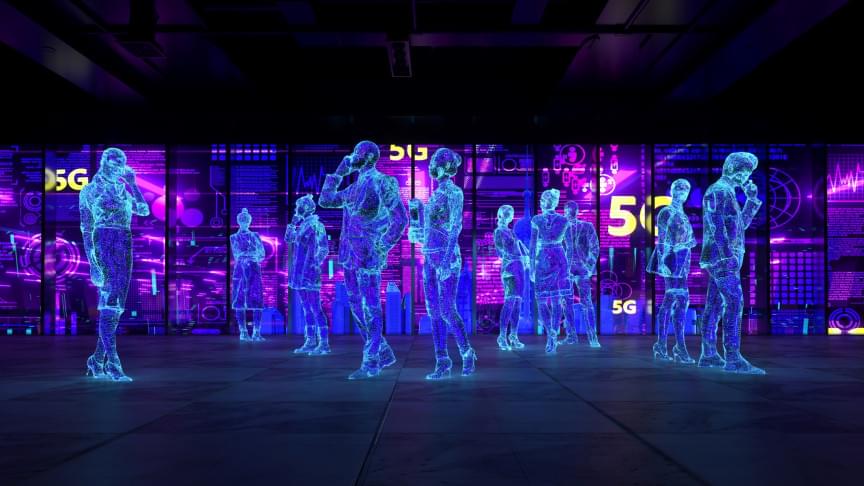May 8, 2022
New study investigates photonics for artificial intelligence and neuromorphic computing
Posted by Dan Breeden in categories: futurism, robotics/AI
Scientists have given a fascinating new insight into the next steps to develop fast, energy-efficient, future computing systems that use light instead of electrons to process and store information—incorporating hardware inspired directly by the functioning of the human brain.
A team of scientists, including Professor C. David Wright from the University of Exeter, has explored the future potential for computer systems by using photonics in place of conventional electronics.
The article is published today (January 29th 2021) in the prestigious journal Nature Photonics.


